
TRENT ROBERTSON
Webflow developer, animator, & product designer

Menu

Research & Discovery
I conduct user research—interviews, surveys, usability tests, and analytics reviews—to uncover user needs and pain points. I analyze both qualitative and quantitative data, then synthesize the findings into personas, journey maps, and problem statements that frame design opportunities.
Strategy & Planning
I translate insights into design strategies that align with business goals. I define experience objectives, success metrics, and partner with product managers to scope features and prioritize work effectively.
Experience Design
I create wireframes, interaction flows, and prototypes to bring ideas to life. I also structure clear information architecture and ensure accessibility and responsive design across all platforms and devices.
Collaboration & Execution
I work closely with engineers to ensure a smooth handoff from design to development. I partner with visual designers, researchers, and product managers to refine solutions, and I facilitate design workshops and critiques to strengthen collaboration.
Testing & Iteration
I lead usability testing, A/B experiments, and concept validation. I iterate on designs based on data and feedback, always balancing quick fixes with a longer-term vision.
Leadership & Mentorship
I mentor junior designers, provide constructive feedback, and advocate for design thinking within the organization. I also present design work and influence leadership by connecting design strategy to business outcomes with clear storytelling.
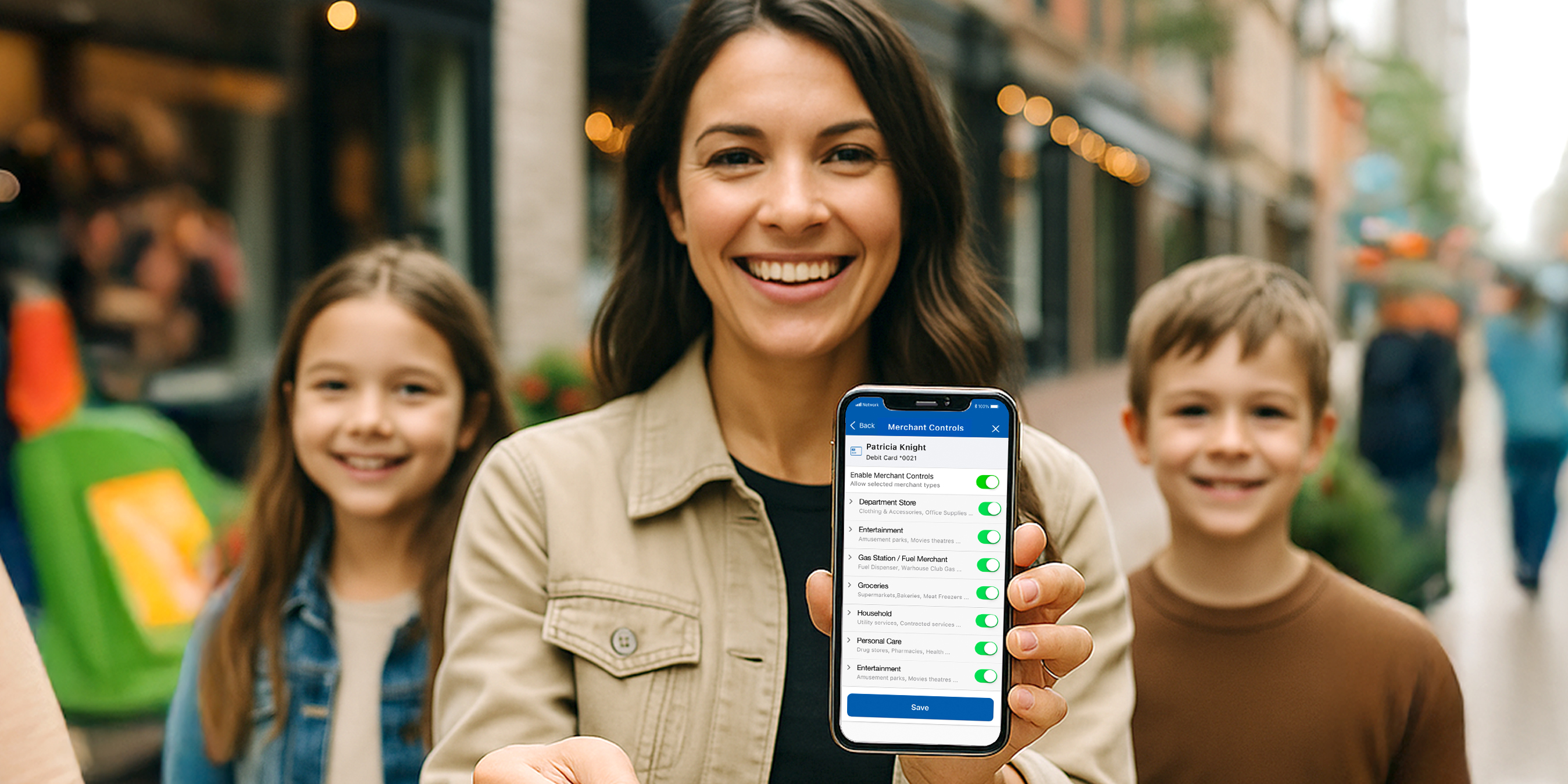
At Fiserv, the challenge wasn’t just designing a credit card app — it was building a white-label platform that could scale across dozens of banks while still feeling uniquely theirs. Loyalty depended on giving each institution the ability to project its brand identity without compromising the speed and simplicity end users expect.

As Lead Product Designer, I created a modular system that balanced brand flexibility with consistent, intuitive workflows for onboarding and digital provisioning. Delivering 300+ high-fidelity screens and a comprehensive design library, I helped reduce customization errors and accelerate client launches.
The outcome was more than efficiency: banks could strengthen customer trust through familiar branding, while end users enjoyed a seamless, reliable experience that encouraged retention and repeat engagement.

1. Make Rewards Meaningful
Customers must feel the rewards are valuable and achievable–and hopefully customized specifically for them. Whether it’s discounts, points, or perks, tie them to behaviors that reinforce retention (repeat purchases, referrals, or engagement).
2. Keep It Simple and Seamless
A loyalty program should be easy to understand and effortless to use. Complex rules or confusing redemption flows create friction and risk customer drop-off.
3. Personalize the Experience
Leverage data to tailor offers, communications, and rewards to customer preferences. Personalization deepens engagement and fosters emotional connection to the brand.
4. Balance Flexibility and Consistency
Provide clients with room to express their brand (customizable branding, communication styles) while maintaining core program standards to ensure usability, fairness, and trust.
5. Measure and Evolve
Track engagement, redemption rates, and customer satisfaction. Use this data to continuously refine the program, ensuring it grows in relevance and impact over time.
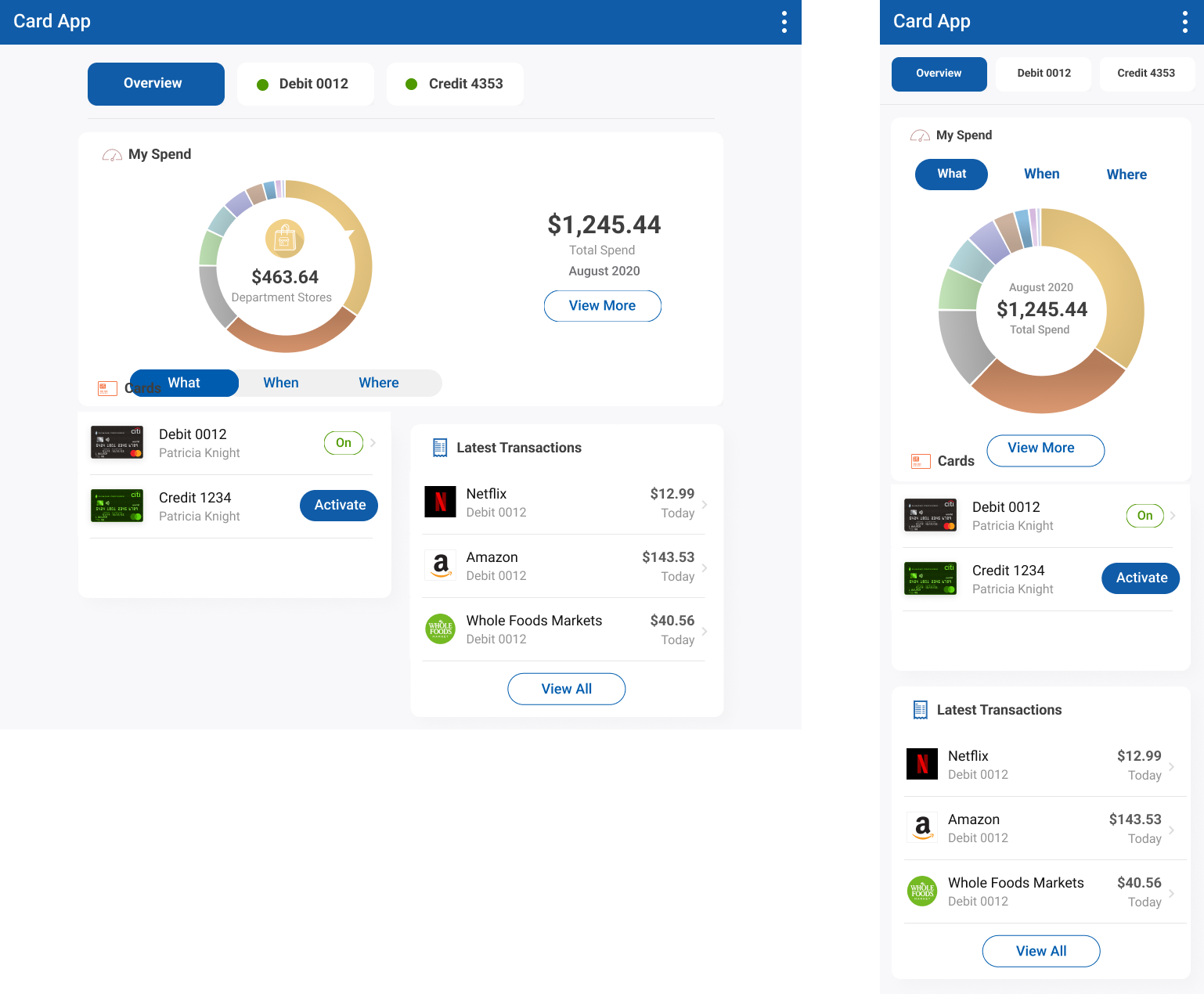
Fiserv’s credit card management experience had to be transformed into a more easily managed white-labeled solution for dozens of global brands — all while maintaining user experience consistency, reducing rollout complexity, and supporting rapid customization.
Here are a few things to consider:


Here's a step-by-step breakdown of the process:
1. Set the Context:
Product: Fiserv's white-label solution.
Importance of Loyalty Through Customizability: For banks and financial institutions, their brand identity is central to building customer trust and loyalty. Customizability ensured that each institution could preserve its unique voice, creating familiarity and reinforcing long-term client relationships while using Fiserv’s shared platform.
2. Define the Challenge:
Problem Statement: A one-size-fits-all design risks eroding client loyalty by failing to reflect the individuality of each financial institution. Without brand-specific customization, clients could struggle to differentiate themselves, leading to reduced satisfaction and potentially higher churn.
3. Conduct Discovery:
Activities:
• Review platform UI.
• Analyze client use cases.
Objective: Pinpoint the areas where customization drives emotional connection and trust—such as logos, typography, and imagery—ensuring that customers feel the platform “belongs” to their brand, ultimately boosting client retention.
4. Engage Stakeholders:
Participants: Product Managers, Client Teams.
Objective: Collaborate with stakeholders to identify non-negotiable brand elements. This dialogue not only ensured alignment but also demonstrated commitment to client priorities, fostering trust and long-term loyalty.
5. Audit Screen Components:
Process: Break down screens into core components—navigation menus, forms, headers, buttons, etc.—and evaluate their branding importance.
Objective: Highlight the components most likely to impact brand perception and loyalty, ensuring clients felt consistently represented throughout the user journey.
6. Classify Customizability Levels:
Categories:
• Fully Brandable: For critical brand trust elements (logos, colors, typography).
• Partially Customizable: Balance between brand voice and consistent usability.
• Standardized: Ensure compliance, usability, and accessibility remain intact.
Objective: Provide the right balance of flexibility and consistency to help clients reinforce loyalty without compromising functionality.
7. Prototype Customizable Elements:
Process: Build Figma prototypes showing how various branding styles could be applied.
Objective: Give clients a tangible view of how their brand would shine through, increasing confidence and attachment to the solution while reducing churn risk.
Example: Show how colors, logos, and typography can be easily swapped while maintaining consistent layouts and functionality.
Objective: To visually demonstrate the customizability options and ensure that the solution can accommodate a wide range of brand identities.
8. Validate with Clients:
Process: Present prototypes to client groups, gather feedback, and refine.
Objective: Show responsiveness to client feedback, reinforcing trust and strengthening retention by proving their needs directly shaped the solution.
9. Document in Design System:
Content: Clear guidelines on customizable vs. standardized elements.
Objective: Provide clients and internal teams with a transparent, reliable framework, ensuring consistent delivery and building long-term trust in the platform’s flexibility.
10. Show the Impact:
Metrics:
• Client satisfaction and loyalty scores.
• Increased adoption rates.
• Fewer support tickets related to branding.
Objective: Demonstrate measurable improvements in client loyalty and retention, proving that brand customizability wasn’t just a feature—it was a driver of stronger, lasting client relationships.
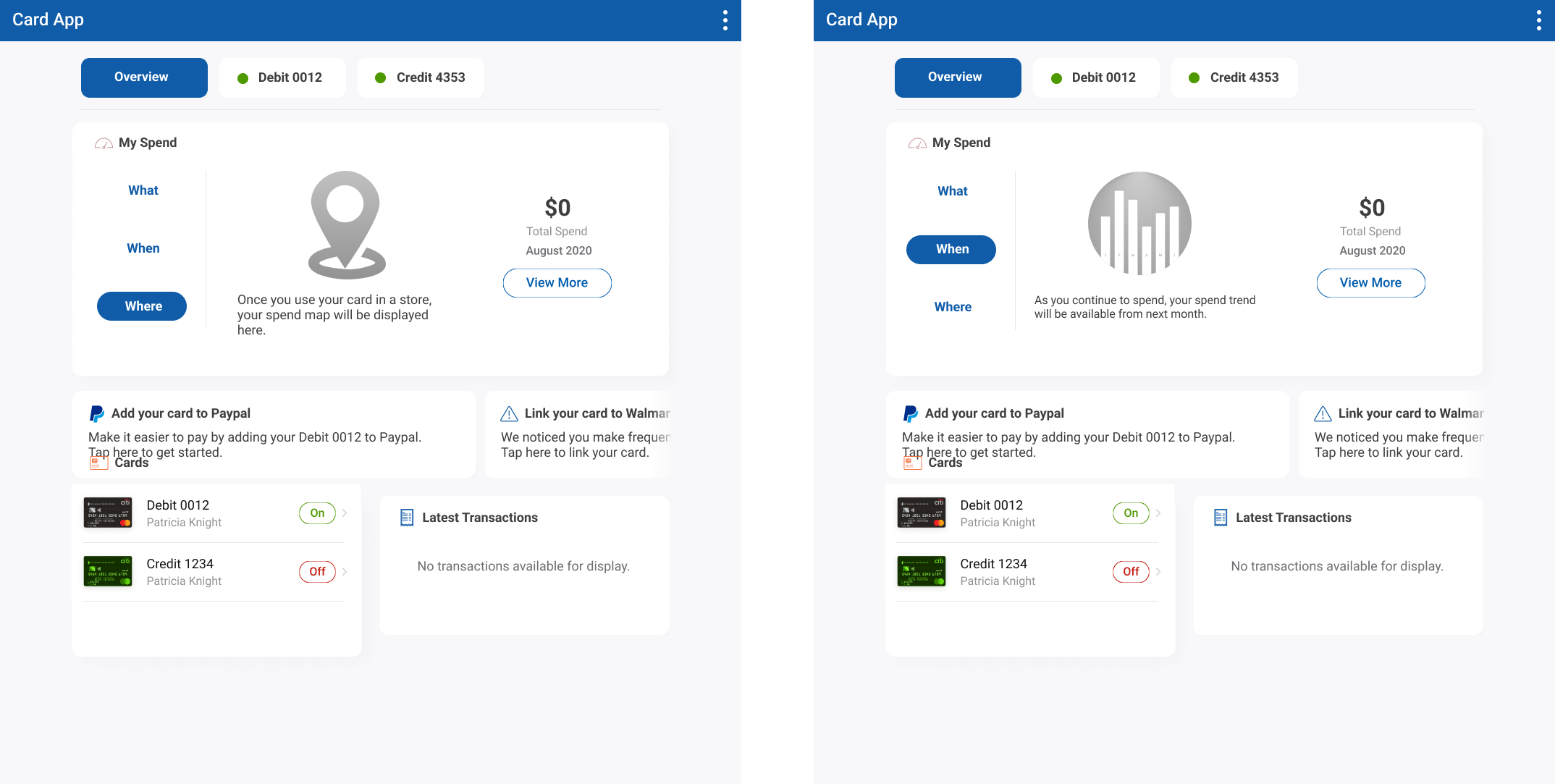
300+ High-Fidelity Screens · Design Library · Wireframes · Prototypes · UX Documentation
Sketch · Microsoft Teams · Fiserv Dev Suite
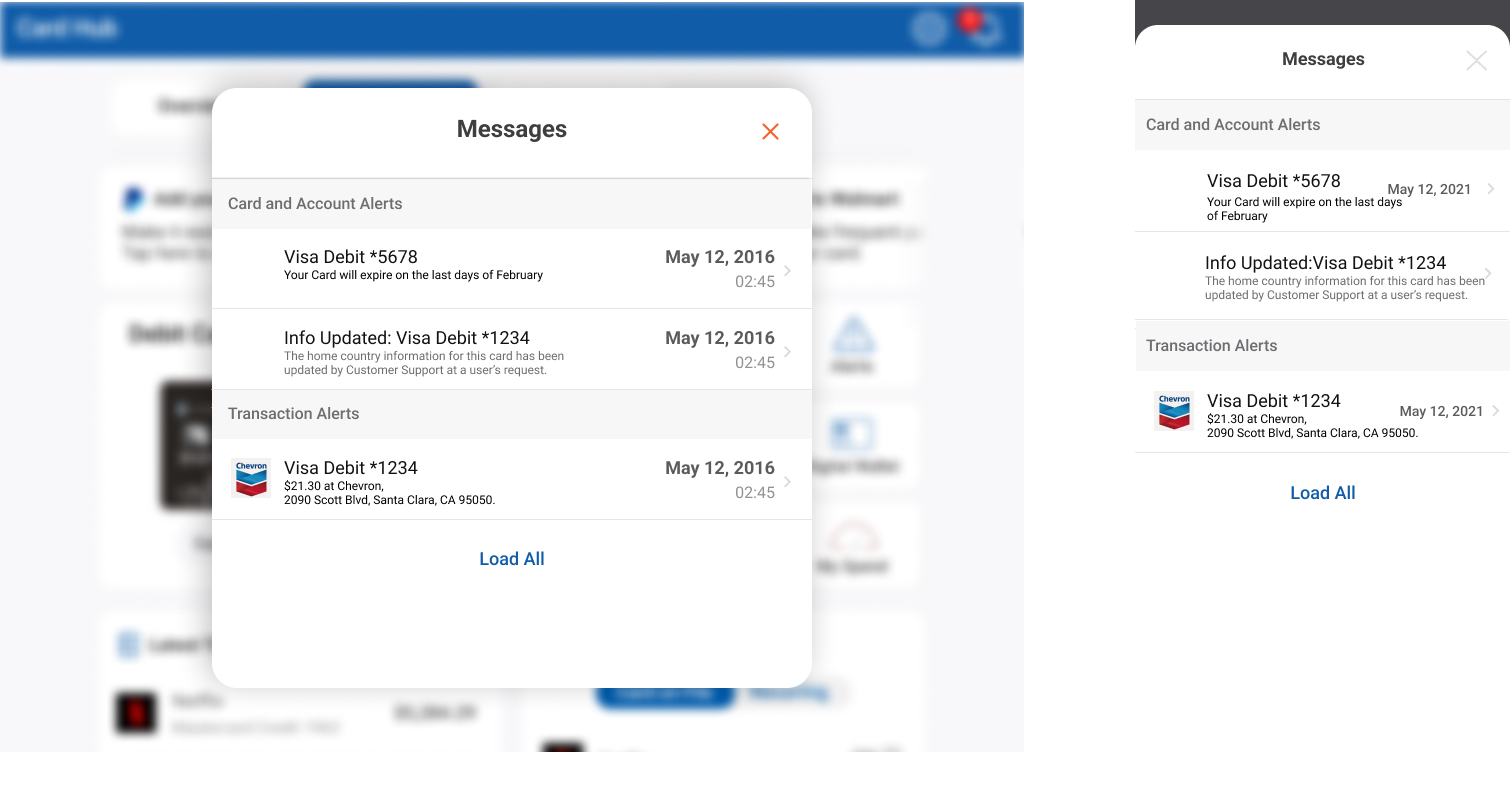
Reduced customization complexity allowed for quicker deployment across global clients.
Modular components enabled rapid configuration and reduced design overhead.
Usability testing and performance metrics confirmed improved efficiency and reduced confusion.
Delivered a unified experience across devices and brands while retaining functional clarity.
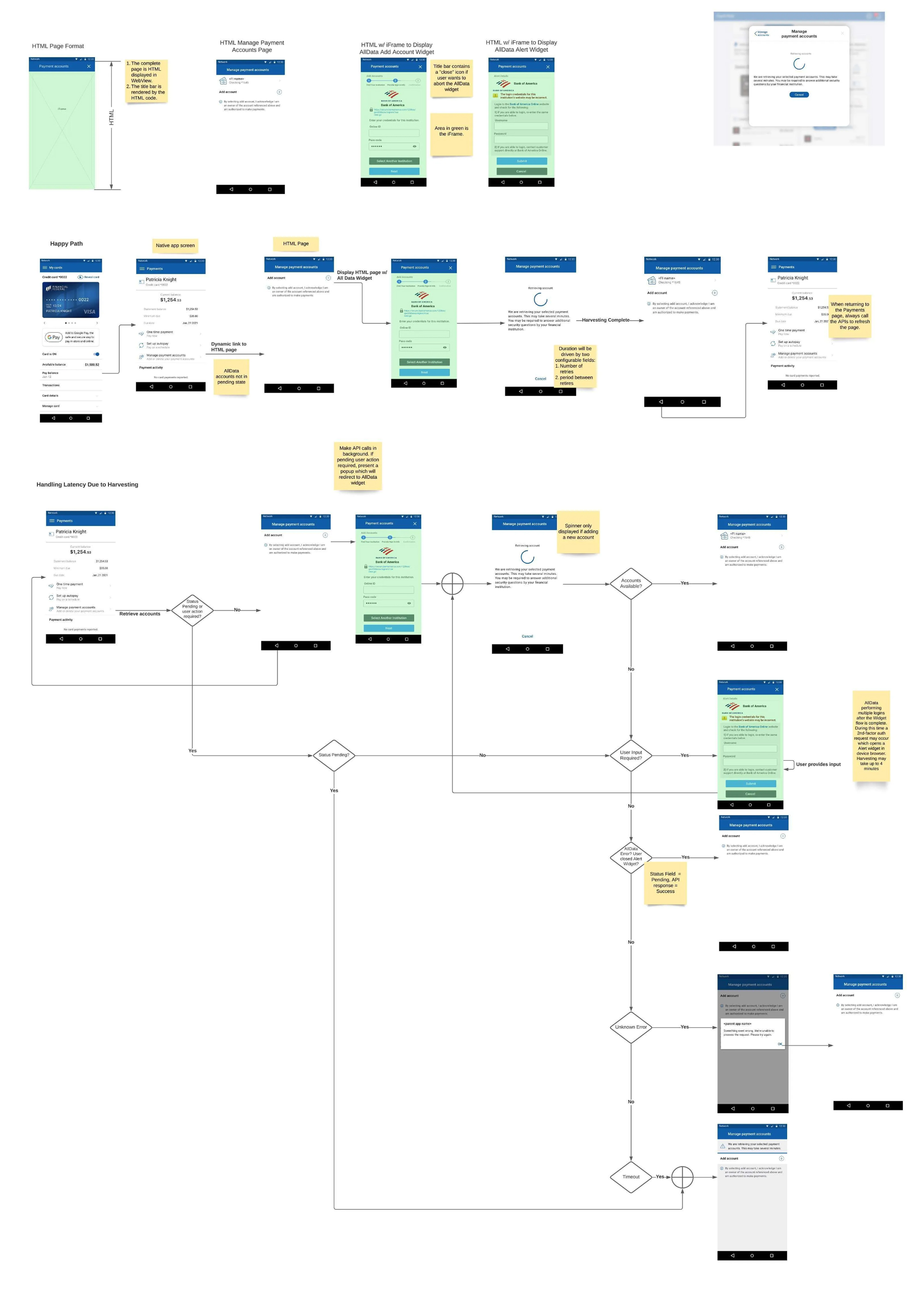



Let’s bring your ideas to life! Share your vision, goals, and requirements, and I’ll craft a tailored solution that meets your needs.